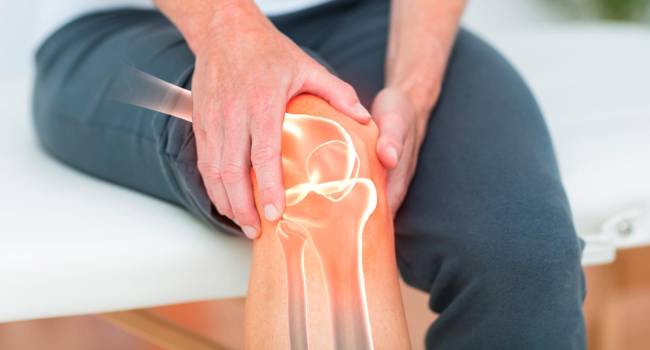
Suffering from pain is one of the main concerns of human beings, especially for patients in whom pain becomes chronic. In Latin America, data presented last August at the congress of the Latin American Federation of Associations for the Study of Pain (Fedelat) warned that between 27 and 42% suffer from chronic pain.
This is one of the reasons why October 17 is the day chosen by the International Association for the Study of Pain (IASP) and the World Health Organization (WHO) as World Pain Day.
The goal is to raise awareness about pain knowledge and how those living with pain can be helped. Pain is an unpleasant sensation, with an emotional component triggered by the nervous system. Therefore, it is subjective and complex.
Dr. Antonio Collado is a rheumatologist and spokesperson for the Women and Pain platform. As you remember, chronic pain is very common, it is present in one in five people constantly.
“At least one in three of these people have significant difficulties maintaining activities of daily living. This represents an enormous cost in terms of human suffering and high socio-economic impact, which has been calculated, in certain countries, between 1-2% of the Gross Domestic Product and even above 2% in some countries," warns.
Although much progress has been made in the management and understanding of pain in recent years, the expert warns that many questions remain unanswered “especially in the different dimensions of pain.”
Chronic pain develops in two situations, especially:
- In chronic disease or injury, in any body tissue (including neurological tissue)
- In relation to dysfunctions of the neurological system due to different processes, such as the presence of chronic injuries, physical and psychological trauma (such as gender violence), a context of work or family stress maintained over time and gender or sex: two of each three people who suffer from chronic pain are women
Among the challenges, Dr. Collado lists:
- Develop more specific techniques for diagnosing and evaluating pain through imaging
- Identify molecules related to pain activation activity, so that it can be blocked, modulated or better treated
- Improve treatments for lesions of chronic inflammatory diseases, which cause pain
- Carry out more early interventions on the different predisposing factors, especially in women, with a nociceptive system different from that of men, which should be better known and treated differently.
“We must continue to advance our knowledge of the basic molecular mechanisms of chronic pain processing and its treatment in a gentler way, which cannot be solved with the usual analgesics. By focusing on women, we can advance exhaustively,” he summarizes.
The motto for this year of the IASP is: Translating Knowledge of Pain into Clinical Practice. For Dr. Collado, “perhaps it is time to make one more effort, so that the multidisciplinary approach becomes a reality in the evaluation and treatment of pain in all areas, addressing all aspects – pharmacological and physical – and the psychological or cognitive-behavioral therapy:
- In pharmacological treatment, it is important to use analgesics and other medications used responsibly, which must always be recommended by a health professional, such as a doctor or pharmacist.
- In physical treatment, physiotherapy, massages and adapted exercises, in their different modalities, and relaxation are important.
- Psychological indications especially based on the adequacy of our functioning in the activities of daily living, reducing patterns of persistence in activity, improvement of positions and stress control techniques will be necessary and duly indicated and controlled by a professional."
PRONAPRESA
"Because prevention is better than cure"





















































